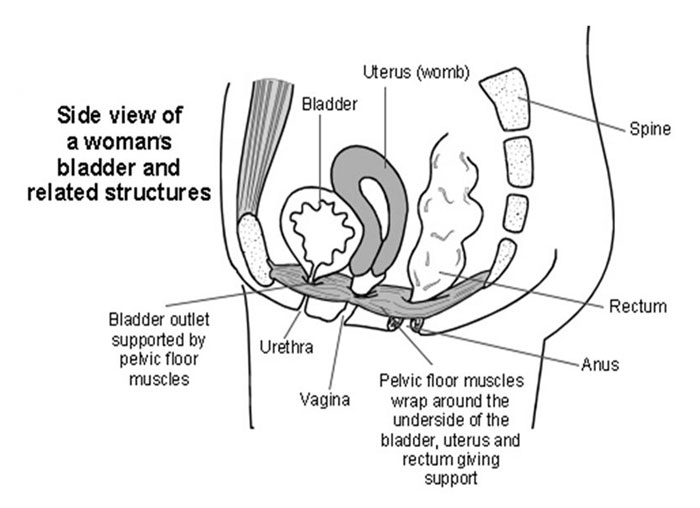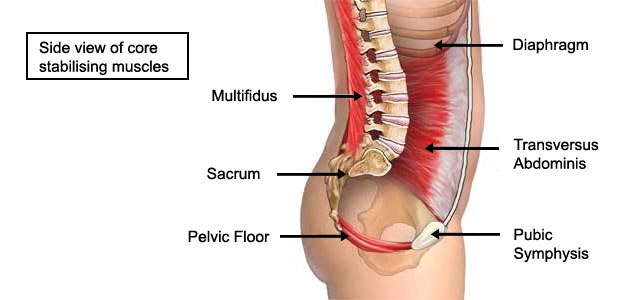
Close
Enquiry
Please see contact information below or complete the form and we will get in touch with you.
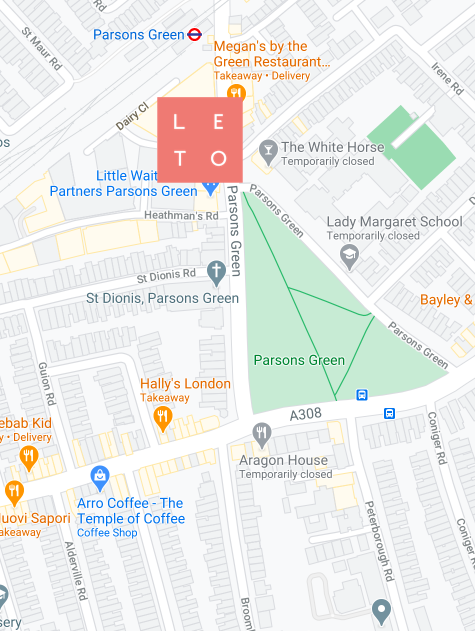
Parsons Green
3rd Floor Brigade House
8 Parsons Green
London
SW6 4TN
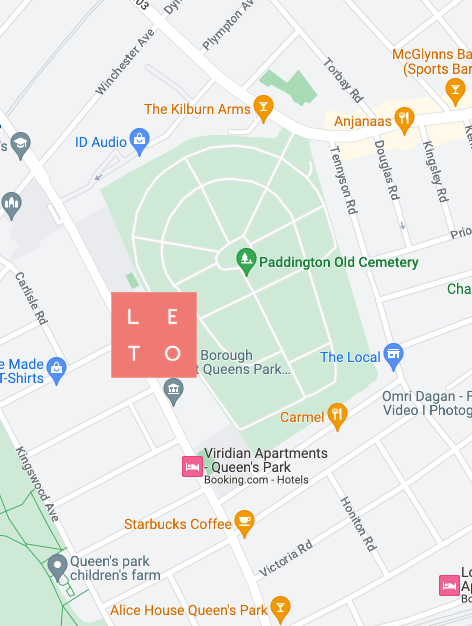
Queen's Park
2nd Floor
105-109 Salusbury Road
London
NW6 6RG
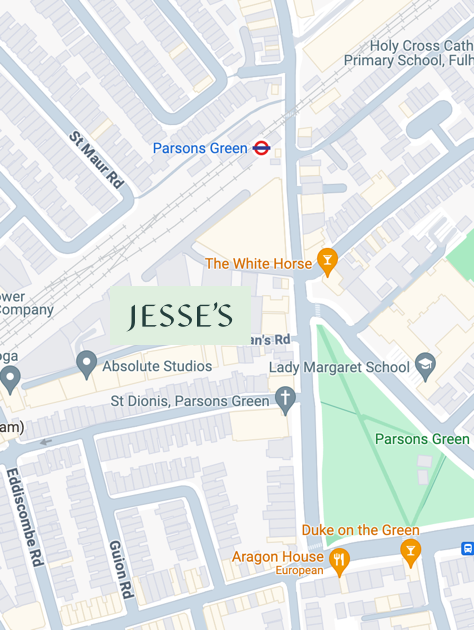
Jesse's House
8-10 Heathmans Road
Parsons Green
London
SW6 4TJ
Pelvic Health Physiotherapy – The Anantomy & Function of the Pelvic Floor
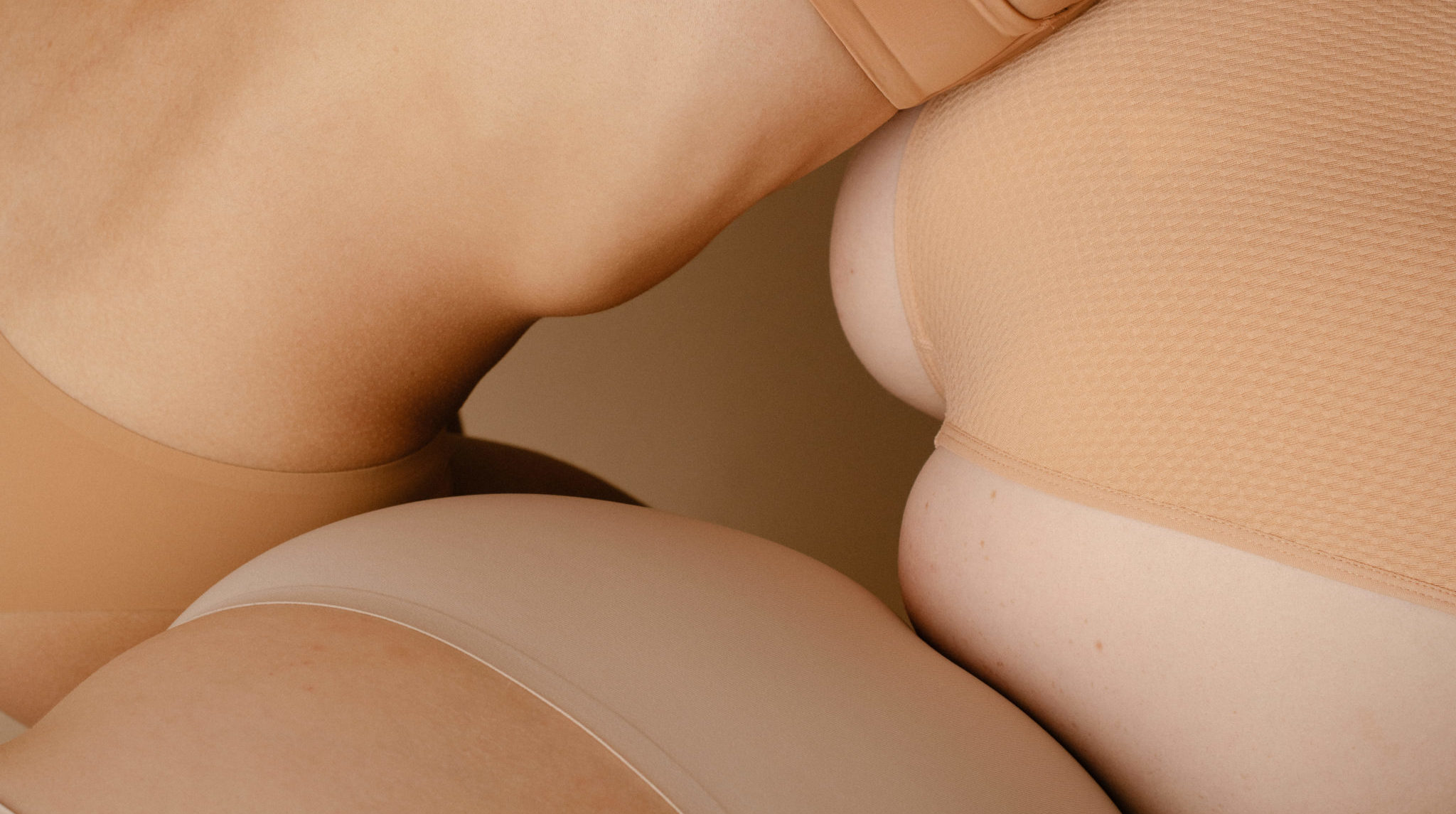
Pelvic Health Physiotherapy (and everything you ever needed to know about Pelvic Floor Dysfunction & Pelvic Pain)
Pelvic Health Physiotherapy is a specialist area within the field of musculoskeletal health that involves the non-surgical treatment of the pelvis and pelvic floor. Advanced clinicians assess, treat and manage patients with the issues associated with pelvic floor dysfunction. These include incontinence, pelvic girdle pain, pelvic organ prolapse, abdominal muscle separation and sexual dysfunction – to name a few.
The Anatomy and Function of the Pelvic Floor
Because the pelvic floor muscles are involved in almost every functional body movement we make proper pelvic floor function is fundamental to overall musculoskeletal health and wellbeing.
The pelvic floor refers to a group of muscles that run from the pubic bone to the tailbone. These muscles act like a sling and help support the bladder, bowel and reproductive organs. These reproductive organs include the uterus (in women) and the prostate (in men). Men can experience pelvic floor dysfunction too but the condition is predominantly (85%) a female issue. In women the pelvic floor muscles wrap around the urethra, rectum and vagina and influence control over the bladder, bowel and can effect sexual sensation. If you examine the photo below and the structures that flow through the pelvic floor muscles it becomes easier to understand how a dysfunctional pelvic floor can negatively impact other functions.
The Pelvic Floor Muscles and Related Structures
Thanks to the revolution and trend in core stability exercise and training over the past 10 – 15 years most people are familiar with the role and importance of abdominal and back strength in proper posture, movement and injury protection. It is, however, specifically the deep core muscles which include the deep abdominals (transversus abdominus), the deep back muscles (multifidus) and the pelvic floor muscles that support and protect the lumbar region. This support and protection reduces the risk of back, hip and knee pain and is also required to support a baby during pregnancy and facilitate the birthing process. Given these muscle groups are required to work together the tension in these muscles must be balanced in order for them to function properly.
Pain or poor movement can over time interfere with the way muscles are recruited. The brain loses its ability to connect with the pelvic floor muscles resulting in poor recruitment of the muscles. Some muscles can become either under or over active causing reduced function, pain and other symptoms. Because we can’t see and often can’t feel the pelvic floor muscles it is very important to have a specialist identify which muscles are weak or tight and how they are functioning. Women’s Health Physiotherapists are trained to observe an individual’s patterns of movement and examine how their system is being loaded. They evaluate how the pelvic floor is functioning and the pressure that the pelvic floor is experiencing.
Women with incontinence often experience low back pain, hip and/or knee pain which are symptoms that may reflect a weakened or unstable core. At LETO we believe that all women presenting with joint pain in these areas should be routinely questioned about pelvic floor health as part of a comprehensive physiotherapy consultation. Whilst pelvic floor muscles are at the root of most women’s health symptoms it is important that these symptoms not be treated in isolation.
Strengthening the pelvic floor may improve incontinence but it may also have a positive impact on resolving the stability of the whole system including joint instability, lower back, hip problems and even head, neck, shoulder and postural problems.
If you, a friend or a relative are experiencing pelvic pain or incontinence we recommended you see a pelvic health physiotherapist. As you would expect, the service at LETO is highly confidential and our physiotherapists respect the extremely sensitive nature of these problems and offer patient comfort and privacy at all times.


